Curiosities of Equatorial Guinea, a small and geographically diverse country on the west coast of Central Africa, is a nation of unique cultural blends, lush landscapes, and a fascinating history. Comprising a mainland region known as Río Muni and several islands, including Bioko where the capital city, Malabo, is located, Equatorial Guinea’s identity is shaped by its Spanish colonial past, rich biodiversity, and the coexistence of various ethnic groups. In this exploration, we delve into some of the most striking curiosities that make Equatorial Guinea distinctive and fascinating.
Geographic Diversity:
Equatorial Guinea is known for its diverse geography, encompassing tropical rainforests, savannas, coastal plains, and volcanic landscapes. The country’s unique location along the equator contributes to its lush vegetation and biodiversity.
Spanish Influence:
Despite its location in Africa, Equatorial Guinea has a significant Spanish influence due to its colonial history. Spanish is the official language, and the country is a member of the Community of Spanish Language Countries (CPLP), fostering cultural ties with other Spanish-speaking nations.
Bioko Island’s Volcanoes:
Bioko Island, the largest of Equatorial Guinea’s islands, is home to several volcanoes, including Pico Basilé, which is the highest peak in the country. The volcanic landscapes contribute to the island’s unique terrain and scenic beauty.
Malabo’s Historic Architecture:
Malabo, the capital city, features a blend of modern and historic architecture. The cityscape showcases colonial-era buildings, such as the Presidential Palace and the Malabo Cathedral, reflecting the country’s past under Spanish rule.
Bata’s Economic Hub:
Bata, located on the mainland, is the economic hub of Equatorial Guinea. The city is known for its bustling markets, vibrant street life, and a mix of modern and traditional infrastructure.
Cocoa Production:
Equatorial Guinea is a significant producer of cocoa, contributing to the global cocoa market. The country’s economy relies on oil and gas exports, but agriculture, including cocoa cultivation, plays a crucial role in supporting local communities.
Bata Airport’s Unique Location:
The Bata Airport, located on the mainland, is unique for its proximity to the equator. The airport’s runway is positioned along the equatorial line, allowing visitors to straddle both hemispheres when standing on certain parts of the runway.
Biodiversity and Conservation Efforts:
Equatorial Guinea is known for its rich biodiversity, including unique plant and animal species. Efforts are underway to preserve the country’s natural heritage, with national parks and reserves contributing to conservation initiatives.
Fang and Bubi Ethnic Groups:
The Fang and Bubi are the two main ethnic groups in Equatorial Guinea, each with its distinct languages, traditions, and cultural practices. The coexistence of diverse ethnic groups adds to the country’s cultural richness.
Annobón’s Isolation:
Annobón, a small island located south of the Equator, is known for its isolation. The island’s remoteness has contributed to the preservation of its unique ecosystems and traditional ways of life.
Traditional Music and Dance:
Equatorial Guinea boasts a rich tradition of music and dance. Traditional rhythms and dances, influenced by indigenous and African roots, play a significant role in cultural celebrations and ceremonies.
Annobón’s Unique Dialect:
Annobón has its own unique dialect, Fá d’Ambô, which is distinct from the languages spoken on the mainland and Bioko Island. The linguistic diversity reflects the country’s multicultural tapestry.
Annobón’s Megalithic Stones:
Annobón is known for its megalithic stones, large rocks with carved engravings believed to have cultural and spiritual significance. The stones provide insights into the island’s ancient history and the practices of its early inhabitants.
Malembe Festival:
The Malembe Festival is a cultural event held annually in Malabo, celebrating the diverse traditions, music, and dance of Equatorial Guinea. The festival showcases the country’s cultural heritage and fosters a sense of national pride.
Spanish Colonial Forts:
Equatorial Guinea features several Spanish colonial forts, including Fort Santa Isabel on Bioko Island. These forts served as strategic points for colonial defense and are now part of the country’s historical legacy.
Pico Malabo Cable Car:
The Pico Malabo Cable Car is one of Africa’s longest cable car systems, providing breathtaking views of Malabo and the surrounding landscapes. It offers a unique perspective on the city’s topography and landmarks.
Mongomo’s Modern Stadium:
Mongomo, a city in Río Muni, is known for its modern stadium, Estadio de Mongomo. The stadium hosted matches during the 2015 Africa Cup of Nations, showcasing Equatorial Guinea’s ability to host international events.
Equatorial Guinea’s Independence Day:
Equatorial Guinea celebrates its Independence Day on October 12th. The day commemorates the country’s independence from Spanish colonial rule in 1968 and is marked with parades, cultural events, and patriotic celebrations.
Unique Currency:
Equatorial Guinea has its own unique currency, the Central African CFA franc (XAF). The currency is used in several Central African countries and is tied to the Euro, maintaining financial stability in the region.
National Parks and Wildlife Sanctuaries:
Equatorial Guinea is home to several national parks and wildlife sanctuaries, including Monte Alén National Park and the Moka Wildlife Center. These protected areas contribute to the conservation of endangered species and the preservation of ecosystems.
Conclusion:
Equatorial Guinea’s uniqueness lies in its blend of cultural diversity, natural beauty, and historical significance. From the Spanish colonial legacy in Malabo to the isolated landscapes of Annobón, the country invites exploration and appreciation for its multifaceted character.
As Equatorial Guinea continues to navigate its development and preserve its cultural heritage, these striking curiosities remain a source of pride for its people and an invitation for the world to discover the beauty and complexity of this Central African nation. Whether exploring the rainforests, embracing traditional music and dance, or marveling at the volcanic landscapes, Equatorial Guinea stands as a testament to the extraordinary wonders that define its identity.



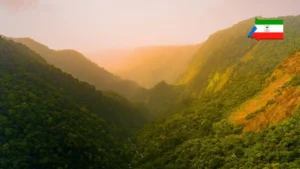

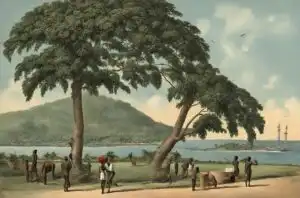

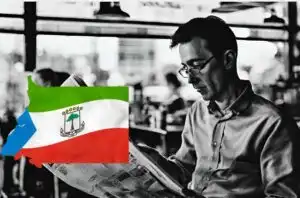
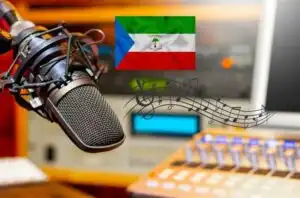
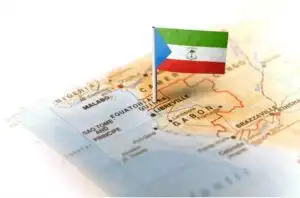
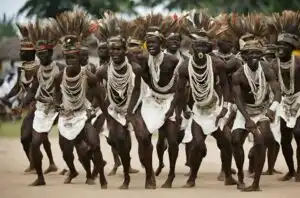
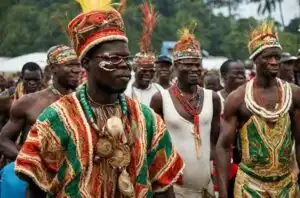



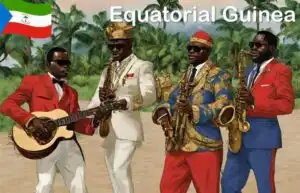

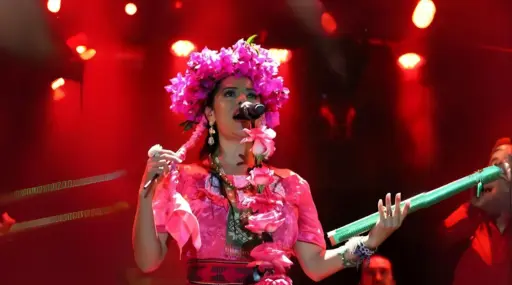



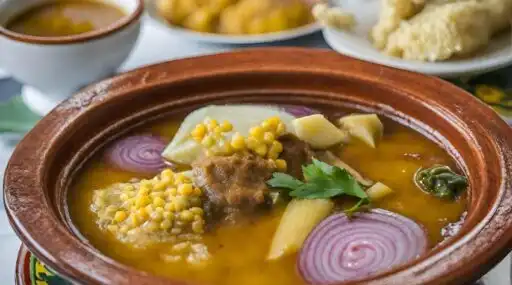
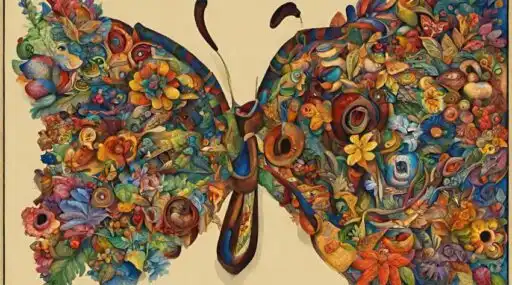










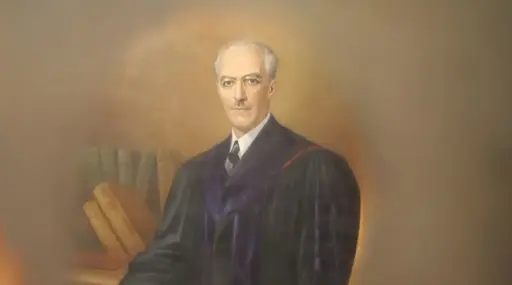
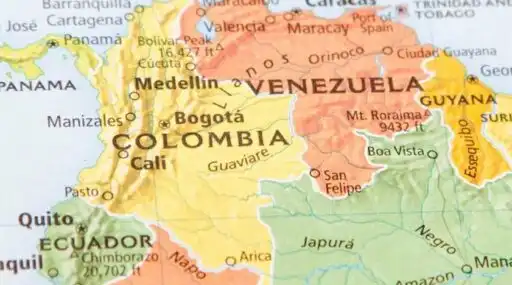


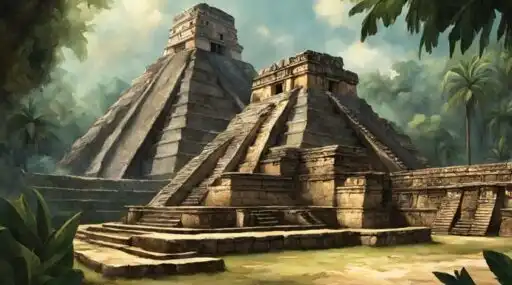
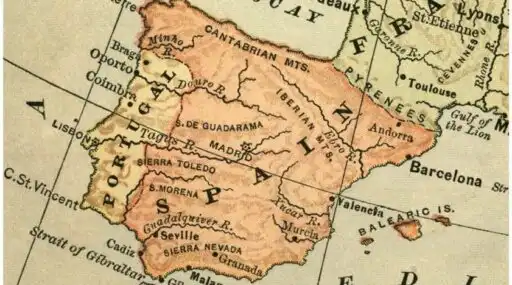

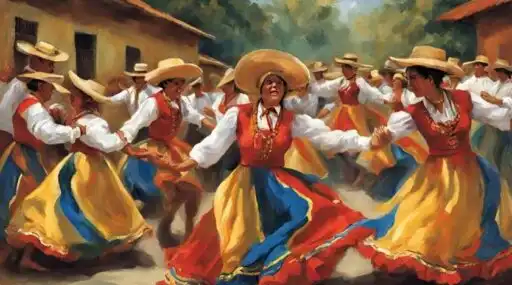




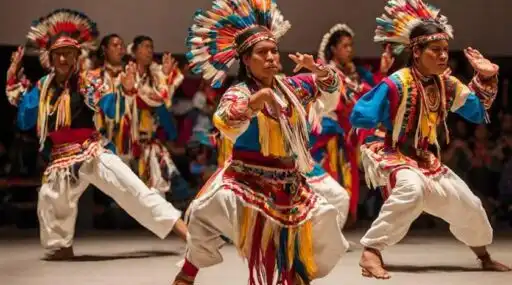
Leave a Reply